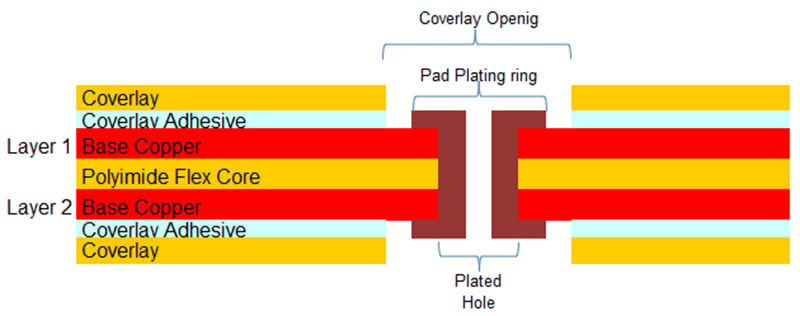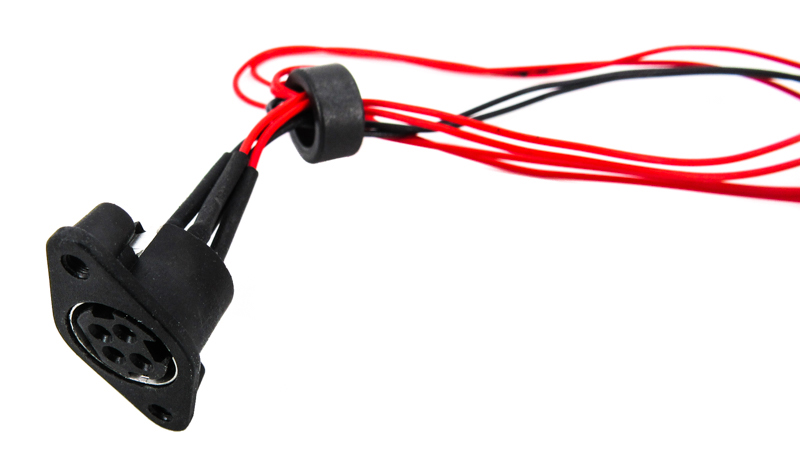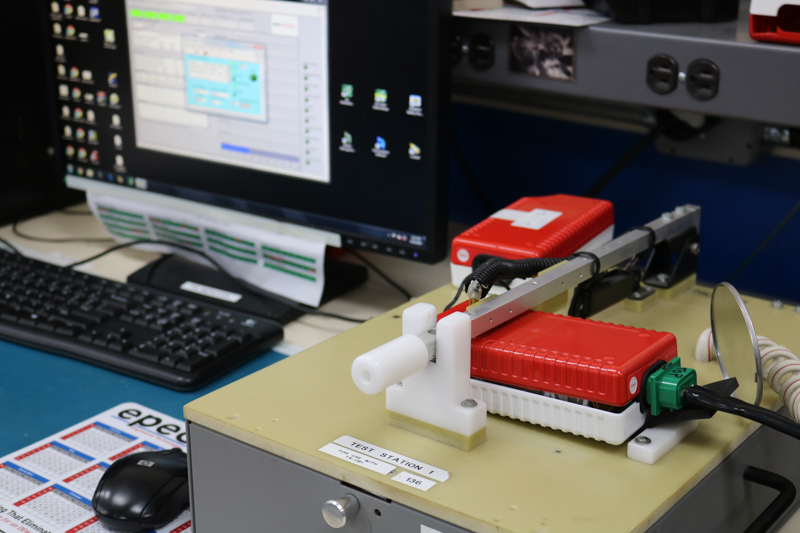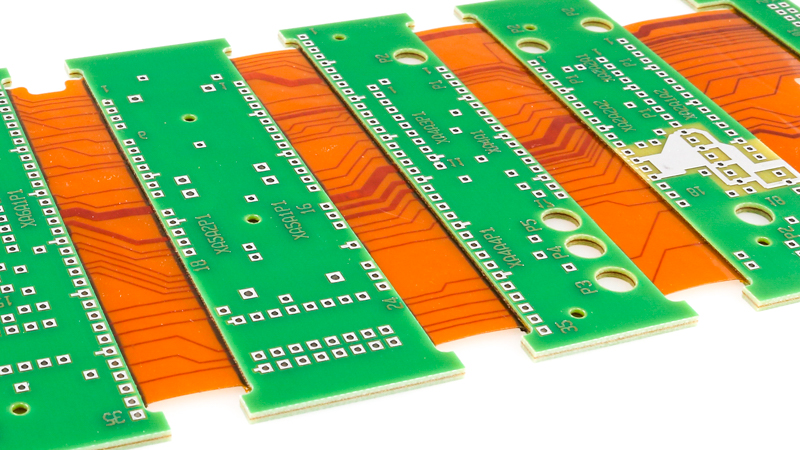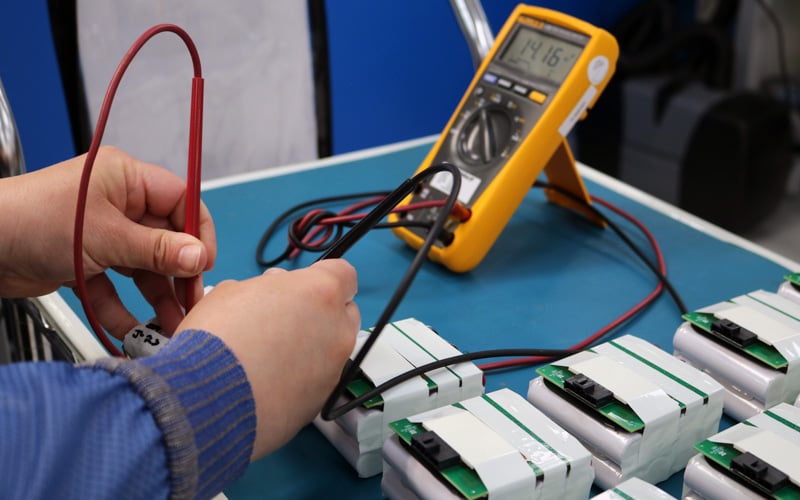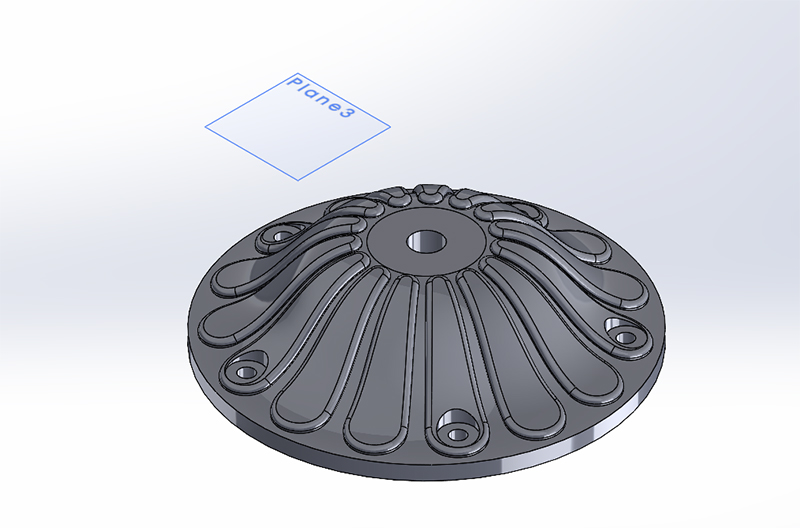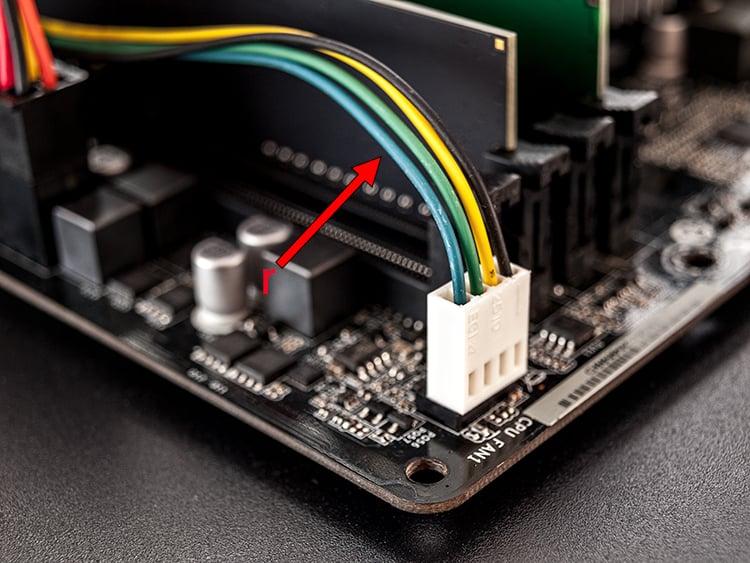Flexibility is a critical element in most flexible circuit board designs. Whether it’s to meet a tight “one-time bend-to-fit” application or a “dynamic” infinite bend cycle application. To meet these requirements, a flex circuit design must be kept as thin as practically possible, use the correct copper type, and utilize the correct copper plating process.
Magnetism is such a fascinating and important phenomenon that our world quite literally would not exist without it. Magnetic fields, electromotive force, and electromagnetism are wildly complex subjects while at the same time and at a high level, somewhat simple to understand. What is important is that these principles help electric motors run, earth’s magnetosphere shield civilization, and refrigerator magnets stick unless, of course, your appliances are stainless steel.
There's a lot of electrical, mechanical, and chemical considerations when it comes to developing a custom battery pack. In addition to deciding on the cell chemistry, a customer also must know how the battery pack may perform in various environmental conditions related to the application. They want to know the shelf life of the battery, the charge/discharge rates, and any possible hazards that could occur when the battery pack is in use.
Mechanical bend reliability is a critical element in a successful flex or rigid-flex PCB design. One area that can have a significant impact is the transition line(s) that occurs from a rigid area, in a rigid-flex circuit design, or from a stiffened area, in a flex circuit with stiffeners design, to the flex layer(s) only areas.
Designing a custom battery pack for your application requires figuring out the power specifications. Yet there are several other considerations that dictate the type of battery chemistry to use. In addition to the current, capacity (amp-hours), size requirements, cell configuration, and the number of cells for the battery pack within the application, the voltage must also be determined.
Solid modeling is the process of constructing a 3D model through a series of additive and subtractive operations while always maintaining a calculable volume. Surface modeling is the process of constructing a 3D model through the process of defining each of the faces that are present in its geometry.
When talking about custom battery packs for portable devices, the most common type mentioned has been lithium-based chemistries. Lithium-based batteries provide high-energy density and a light weight for applications, making them suitable for portable electronics that require long battery life to perform high-speed functions.
Although there are best practices when it comes to 3D modeling, every designer ends up developing their own style of modeling. This can cause challenges when you are tasked with working with someone else’s model. It can become frustrating when you go to make an edit that causes other parts of the model to change or fail entirely.
Printed circuit boards (PCBs) are the heart of electronic products as they provide the conductive pathway for all the electronic components to connect and function together. As electronics become more advanced and complex, PCBs are having multiple layers sandwiched together to establish all the necessary connections.
There are several reasons to choose silicone or PolyTetraFluoroEthylene (PTFE) jacketed cable when designing a custom wire harness. Both jacket constructions are known for their high-temperature resilience and extreme flexibility. The main difficulty of selecting a PTFE is the fact that they can be a bit hard to come by.


